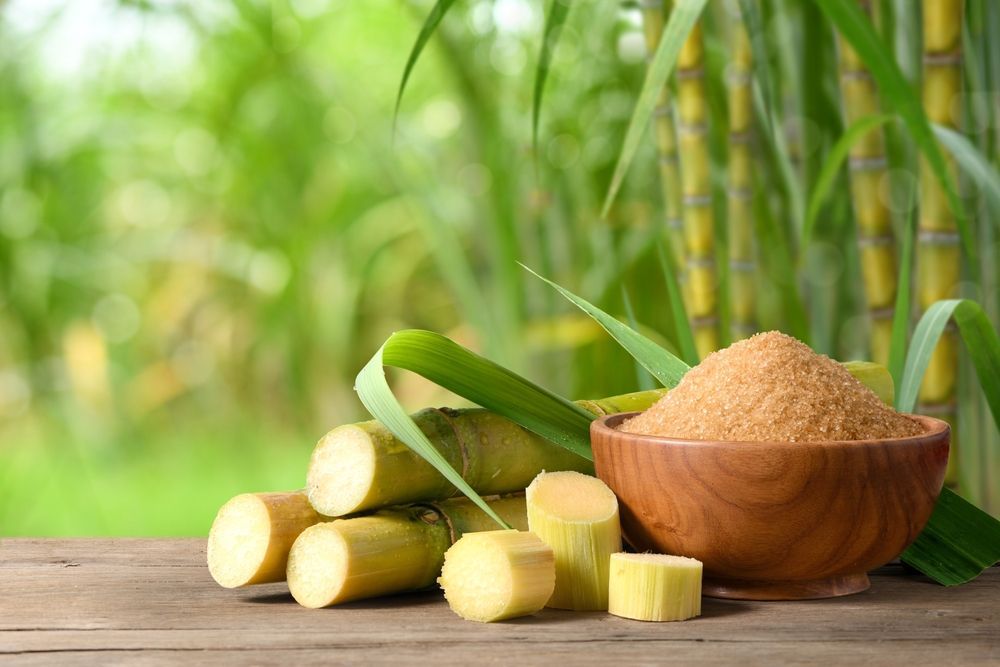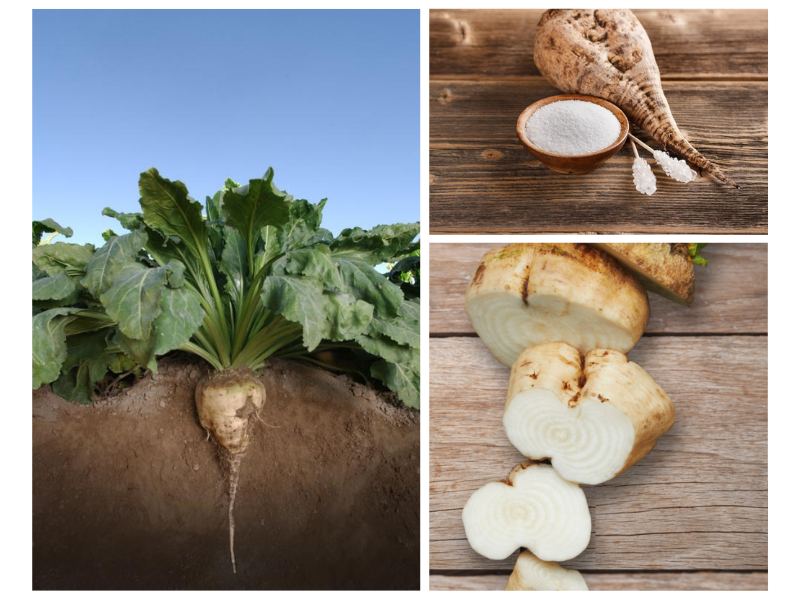Beet Sugar vs Cane Sugar: How Do They Affect Your Energy Levels?
Beet Sugar vs Cane Sugar: How Do They Affect Your Energy Levels?
Blog Article
The Ultimate Contrast: Beet Sugar vs. Cane Sugar Explained
The contrast in between beet sugar and cane sugar presents a remarkable expedition of 2 primary sweeteners in the culinary globe. While both sugars share a common composition of sucrose, their beginnings, refining methods, and flavor accounts deviate substantially. This difference prolongs beyond preference, affecting nutritional aspects and ecological influences related to their manufacturing - beet sugar vs cane sugar. As we browse via these various aspects, the ramifications for both customers and manufacturers end up being significantly obvious, increasing an essential inquiry: which sugar really reigns supreme in the facility landscape of sweetness?
Beginnings of Sugar Resources
The origins of sugar resources are mainly rooted in 2 distinctive plants: the sugar beet and the sugar cane. Sugar cane, a tropical turf indigenous to Southeast Asia, has actually been grown for over 2,500 years.
On the other hand, sugar beet is a fairly contemporary source, developed in Europe throughout the late 18th century as a response to sugar cane lacks. The plant thrives in temperate climates, making it suitable for growing in regions such as France and Germany. The effective removal of sugar from beetss noted a considerable farming advancement, as it gave a different to cane sugar, specifically during durations of trade interruption.
Both plants have played vital roles fit the international sugar industry. Their distinct development atmospheres and historical contexts show the diversity of sugar resources, eventually influencing local agricultural practices and economic growth.

Handling Techniques Discussed
Numerous processing approaches are employed to extract sugar from both sugar beet and sugar cane, each tailored to the certain qualities of the source product. In the situation of sugar beetss, the procedure begins by harvesting the root and after that washing it to eliminate dirt and impurities. The beetss are after that cut right into thin strips, recognized as cossettes, and based on warm water removal, which liquifies the sugar. The resulting juice undertakes clarification, where lime and warmth are utilized to eliminate impurities. This juice is after that concentrated through evaporation and condensation, yielding raw sugar.
Alternatively, sugar cane handling includes a various strategy. The clarified juice is focused with evaporation, similar to beet sugar processing, prior to crystallization occurs. Both procedures finish in the production of raw sugar, which may undergo more refining to attain the preferred purity and quality.
Nutritional Differences

When comparing beet sugar and cane sugar, notable nutritional differences arise, though they are commonly refined. Both kinds of sugar are primarily made up of sucrose, giving roughly the exact same caloric content-- about 4 calories per gram. The differences exist in their trace mineral material and the presence of certain substances that may have marginal dietary ramifications.
Beet sugar contains percentages of potassium, iron, and calcium, while cane sugar commonly provides somewhat higher focus of these minerals. In addition, cane sugar might retain more natural molasses during processing, which can add to map quantities of antioxidants and other helpful substances. This is particularly true for much less polished varieties, such as raw cane sugar.
Despite these distinctions, both beet and cane sugars are mainly made up of straightforward carbs, with a high glycemic index, bring about similar effects on blood glucose levels. While there are minor nutritional distinctions, the total health and wellness impact of eating either type in small amounts stays largely comparable. People looking for to minimize sugar intake for health and wellness reasons ought to consider both types with equal examination, concentrating on total nutritional patterns instead of the source of sugar
Taste Accounts Contrasted
Preference profiles of beet sugar and cane sugar display distinctive qualities that can influence their cooking applications. Cane sugar, frequently viewed as having you could try this out an extra intricate, nuanced sweet taste, click here now is acquired from the tall yard of the sugar cane plant.
On the other hand, beet sugar, extracted from sugar beetss, is understood for its cleaner, a lot more straightforward sweet taste. This quality makes it specifically suitable for recipes requiring a neutral artificial sweetener that allows various other tastes to beam. Some culinary specialists say that beet sugar may leave a slightly natural aftertaste, which can be unfavorable in delicate treats.
Additionally, the perception of sweet taste intensity ranges the two, with some cups identifying cane sugar as sweeter contrasted to beet sugar at equal dimensions. Inevitably, the option between beet and cane sugar may depend on the details application, with each sugar offering special qualities that can boost or match numerous meals. Comprehending these differences enables notified choices in culinary practices.

Environmental Impact
The environmental influence of sugar manufacturing-- whether from beet or cane-- has amassed enhancing focus in the last few years as a result of its ramifications for sustainability and environmental wellness. Both sugar sources show distinctive ecological footprints, affected by agricultural techniques, land use, and resource consumption.
Cane sugar manufacturing usually demands large locations of tropical land, which can bring about logging and loss of biodiversity. Furthermore, the cultivation of sugarcane is regularly linked with high water use and considerable chemical and plant food application, adding to soil deterioration and water air pollution.
Alternatively, beet sugar is mostly grown in temperate regions, generally calling for less water and land. Nevertheless, its growing can still involve the use of chemical inputs, impacting local ecosystems. The energy-intensive processing of beet sugar can add to greenhouse gas emissions.
Sustainable farming techniques and advancements in modern technology are necessary for minimizing the environmental effects of sugar production. Organic farming methods, integrated pest management, and efficient water usage can improve the sustainability of both beet and cane sugar markets, eventually causing a decreased environmental impact and a much healthier world.
Conclusion
In recap, the comparison between beet sugar and cane sugar highlights both resemblances and distinctions that affect their application. Cane sugar is identified by its intricate sweet taste, while beet sugar presents a much more straightforward preference.
The origins of sugar resources are largely rooted webpage in 2 distinct plants: the sugar beet and the sugar cane.Various processing techniques are used to extract sugar from both sugar beet and sugar cane, each customized to the certain characteristics of the source material.Beet sugar has small amounts of calcium, iron, and potassium, while cane sugar commonly supplies slightly greater concentrations of these minerals.In spite of these distinctions, both beet and cane sugars are mainly made up of basic carbs, with a high glycemic index, leading to similar impacts on blood sugar levels. Cane sugar, often perceived as having a much more intricate, nuanced sweetness, is acquired from the high yard of the sugar cane plant.
Report this page